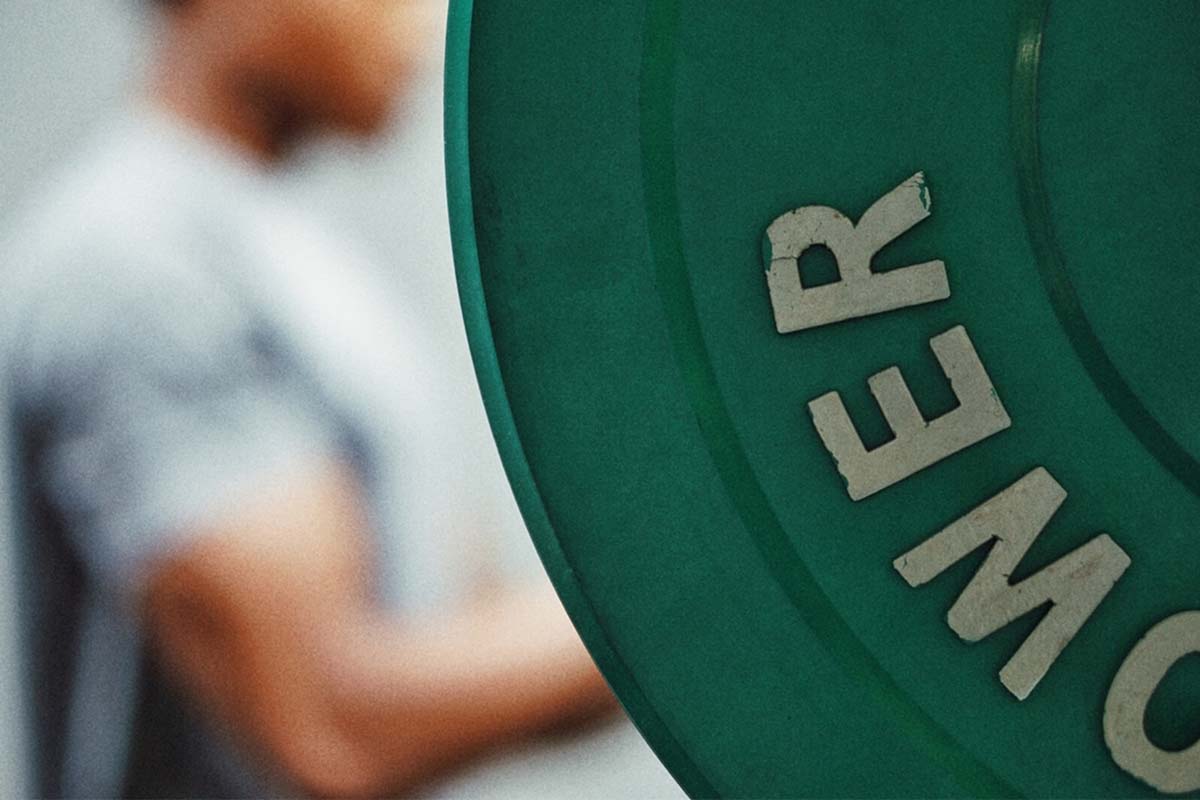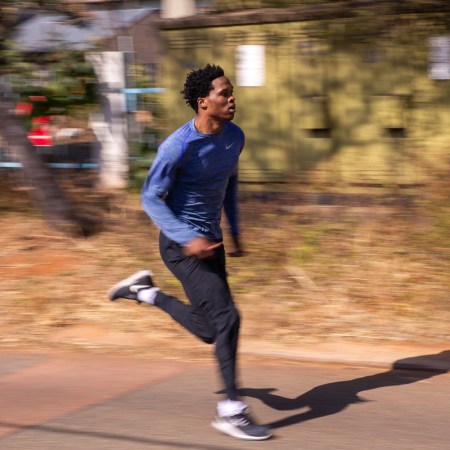We’re taught to train to failure in the gym.
That’s what coaches, teammates and trainers want when they shout at some guy on the bench press. It doesn’t matter that he’s arching his back and a vein’s about to burst in his forehead. The “One more!” philosophy stipulates that if you’re trying to build mass, you should train until you have absolutely nothing left.
There are conventional concerns for why this is probably a bad idea. Gutting out one more rep (or overestimating your one rep max) is dangerous. It encourages bad form — whether you’re benching or squatting, the back’s going to want to get involved — and puts a ton of pressure on your spotter, to make sure you don’t hurt yourself. But people do it anyway. They’re convinced it’s the best way to jumpstart gains.
According to a recent study published in Biology of Sport, though, this way of training has dubious scientific benefits. The researchers recruited 14 “trained” men (meaning people who regularly practice resistance training) and had them lift each of their legs a little differently over a 10-week span. On one leg, they trained to failure. On the other, they trained with up to two “RIR” — meaning reps in reserve, a term for how many reps a trainee could conceivably still perform in a given set.
Given that the volunteers were still within two RIR, the leg that wasn’t training to failure could be seen as near failure. It’s still hard work to get to the very edge of the precipice in the weight room, regardless of whether you dive right off it. But the variation in training had some telling results: after months of performing unilateral leg presses and leg extension exercises, one quad at a time, the non-failure legs had a higher increase in muscle size.
That’s right. While the failure legs increased by 13.5%, the non-failure legs shot up by 18.1%. How is this possible? How could training with less volume be more beneficial to the muscular architecture of the quadriceps?
Well, the truth is, we’re not entirely sure. But as Zachary Walston breaks down in a piece for BetterHumans, “Research suggests training to failure may alter hormonal responses and create metabolic environments that inhibit muscle growth.” In other words: diminishing returns. It’s similar to revelations that endurance athletes have grappled with recently — you can absolutely run too many miles. The body doesn’t always respond well to gratuitous stress.
Training just short of failure, meanwhile (up to five RIR), is clearly effective for the body. It builds muscle without creating any molecular fallout. This is good news. Whatever the weights you’re throwing around, approaching failure is going to take a serious effort. But this should allow you train more confidently (and safely) in the gym.
And if you prefer to blast music in your ears as a spotter spit-screams all over your forehead, do you. As the study shows, lifting to failure is still dramatically effective for putting on muscle. But if you want some extra gains, and a little less stress along the way, work to figure out your ideal RIR.
The Charge will help you move better, think clearer and stay in the game longer. Subscribe to our wellness newsletter today.



















